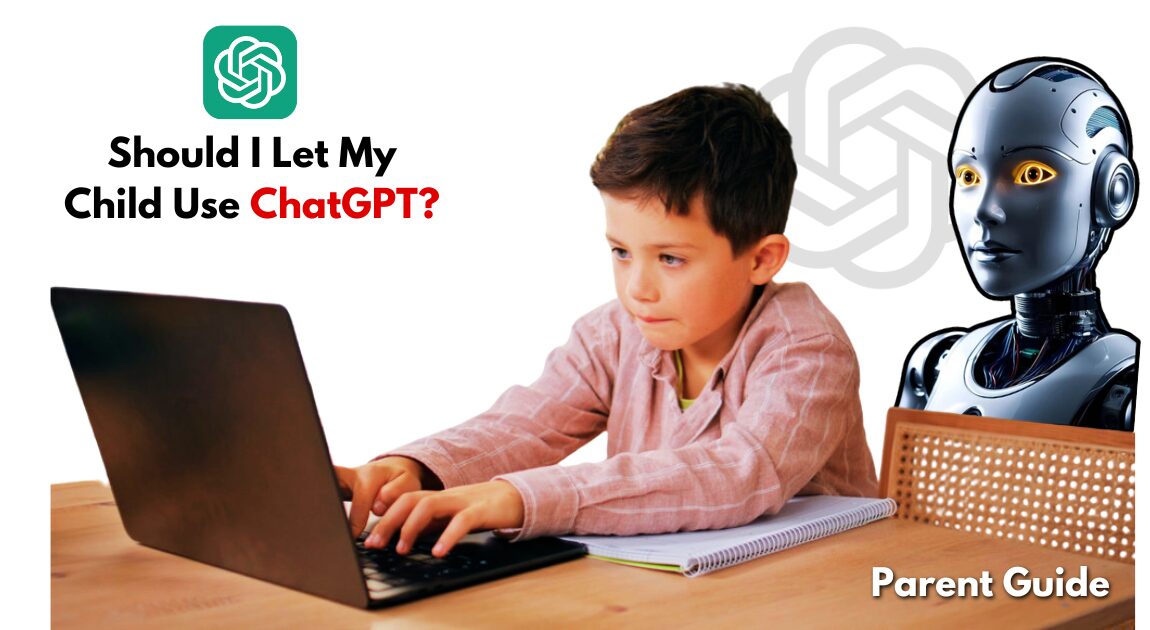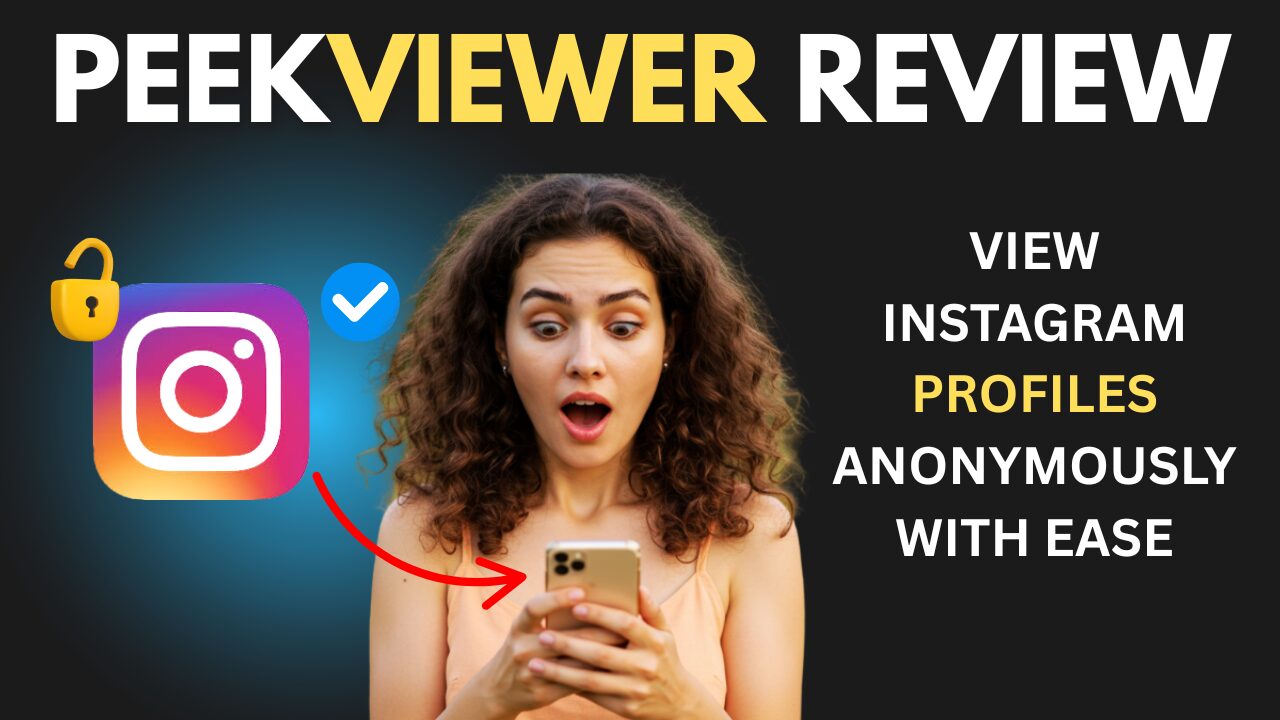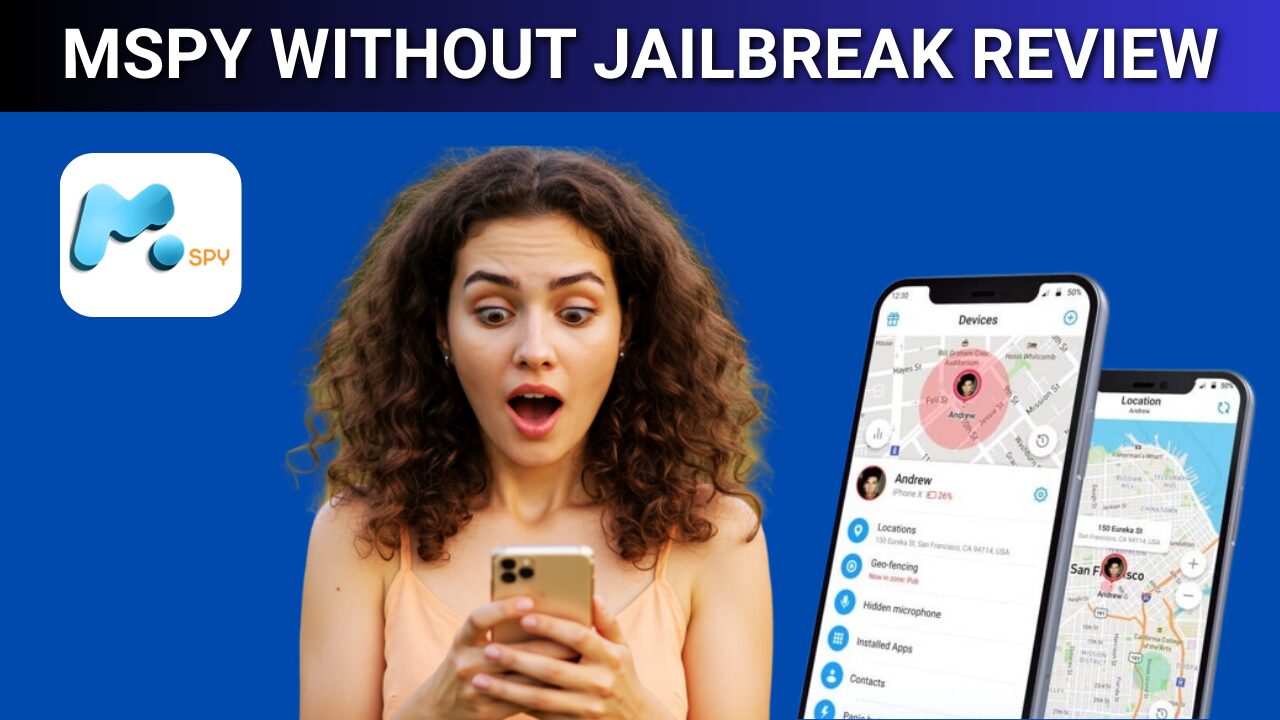As a parent, I often wonder if I should let my child use ChatGPT. This AI chatbot is exciting for learning, but it also raises safety and privacy concerns. I worry about how it might affect my child’s critical thinking skills.
In this guide, I’ll look at the good and bad sides of ChatGPT for kids. I’ll talk to experts and share examples to guide my decision. We’ll discuss ChatGPT’s features, how kids use AI, and its educational benefits. I’ll also cover safety, age limits, and how to use ChatGPT wisely in education.
Key Takeaways
- Understand the key differences between ChatGPT and traditional learning tools
- Evaluate the potential learning benefits and risks of ChatGPT for children
- Explore strategies for setting up appropriate boundaries and controls for ChatGPT usage
- Learn how to integrate ChatGPT into my child’s education while maintaining a balance with traditional learning methods
- Gain insights from real-world examples of productive ChatGPT use by children
Understanding ChatGPT and Its Impact on Children’s Learning
ChatGPT has become a big deal in education. It’s different from old learning tools. This AI model lets kids interact with knowledge in a new way.
What Makes ChatGPT Different from Traditional Learning Tools
ChatGPT can talk like a real person and answer questions in a way that feels personal. It’s not like reading a book or watching a video. It changes how it talks to fit what the child needs, making learning more fun and interactive.
How Children Interact with AI Technology
Kids love AI because it’s new and exciting. They might find ChatGPT easy to talk to. But, it’s important for parents to watch how they use it to make sure they learn the right way.
The Learning Potential of ChatGPT
- Personalized learning: ChatGPT can adjust its answers to fit what the child knows and likes, making learning better.
- Expanded knowledge access: It has a huge database, so kids can learn about lots of things and get curious.
- Creative problem-solving: ChatGPT helps kids think of new ideas and solve problems in different ways.
As we explore educational technology, ChatGPT brings both good and bad sides. It’s key for parents and teachers to understand how it works and its effects on children’s learning. This helps use ChatGPT for kids wisely.

Should I Let My Child Use ChatGPT?
As a parent, deciding if your child should use ChatGPT can be tricky. This AI tool is great for learning, helping with writing and research. But, it’s also important to think about how it might affect your child’s learning and thinking skills.
Consider your child’s age and how they plan to use ChatGPT. For older students, it can be a big help. But younger kids might rely too much on it, which could hurt their ability to think and write on their own.
| Age Group | Recommended ChatGPT Usage |
|---|---|
| Elementary School (ages 6-11) | Limited, with close parental supervision and guidance |
| Middle School (ages 12-14) | Moderate, with ongoing monitoring and discussion of appropriate use |
| High School (ages 15-18) | More independent, but still with clear guidelines and expectations |
Deciding if your child can use ChatGPT to write or use ChatGPT to create depends on their needs and your educational goals. By using ChatGPT wisely, you can help your child succeed in a world where technology is key.

“The key is to find the right balance between leveraging the power of AI and maintaining the core elements of a well-rounded education.”
Safety Considerations and Age-Appropriate Usage
When kids use ChatGPT, safety comes first. Parents need to filter and monitor content to keep it suitable. It’s also key to set limits on how much and how they use this AI tool.
Content Filtering and Monitoring
Strong content filters and monitoring can protect kids from bad content. Many tools and apps can block unwanted content. It’s also good to check on their ChatGPT use often.
Setting Healthy Boundaries
Clear rules for ChatGPT use are important. This includes setting time limits and choosing what features to use. It helps kids use it wisely, not as a replacement for learning.
Age Recommendations for ChatGPT Use
- Under 13, use ChatGPT with close supervision for safe tasks.
- Teenagers (13-17) can use it more freely but still need guidance.
- Older students and young adults can benefit from it, but remember to teach critical thinking and integrity.
By following these steps, parents can ensure kids use ChatGPT safely and wisely. This helps them learn well without risks.

Benefits of Supervised ChatGPT Usage in Education
Parents might wonder if they should let their kids use ChatGPT. This AI tool could really help in school. When teachers or parents watch over, ChatGPT can make learning better and teach important skills.
One big plus is that ChatGPT can help each child in their own way. It gets what each student needs and gives answers that fit. This can help fill in gaps in knowledge and make learning stick better.
ChatGPT also gets kids thinking and being creative. It makes them ask questions, look at things from different angles, and find new ways to solve problems. Used right, it can spark curiosity and teach skills needed for today’s jobs.
“ChatGPT has the potential to revolutionize the way we approach education, but it must be implemented thoughtfully and with appropriate safeguards in place. Supervised usage can unlock many benefits for students, from personalized learning to enhanced problem-solving abilities.”
Using ChatGPT wisely can also help kids in other ways. It helps them talk better, work together, and feel more confident online.
But, it’s important to use ChatGPT in the right way. We need to make sure kids still learn to think for themselves. With careful use, ChatGPT can really help today’s students learn.

| Benefit | Description |
|---|---|
| Personalized Learning | ChatGPT’s natural language processing capabilities allow it to tailor responses and support to each child’s individual needs, improving academic performance. |
| Critical Thinking and Creativity | Engaging with ChatGPT encourages children to ask probing questions, explore different perspectives, and develop innovative solutions. |
| Communication and Collaboration Skills | Interacting with ChatGPT helps children improve their ability to articulate their thoughts and work effectively with others. |
Potential Risks and Limitations of ChatGPT for Kids
ChatGPT is exciting for kids, but we must think about the risks and limits. As parents, we need to keep our kids safe online and use AI wisely.
Privacy and Data Security Concerns
ChatGPT collects data, which worries us about privacy and security, especially for kids. We should know the platform’s privacy policies and protect our kids’ info.
Dependency and Critical Thinking Impact
Using ChatGPT too much might hurt kids’ critical thinking skills. We should balance AI use with encouraging kids to think for themselves.
Accuracy and Misinformation Risks
ChatGPT is mostly right, but sometimes it’s wrong or biased. We should teach kids to check facts and think critically about AI info.

By knowing and tackling these risks, we can help our kids use ChatGPT safely and wisely. This way, they can get the most out of this new tech.
“The responsible use of AI technology, like ChatGPT, requires a balanced approach that prioritizes child safety and critical thinking development.”
Guidelines for Parents: Setting Up ChatGPT Controls
As a parent, dealing with AI tools like ChatGPT can be tough. But, with the right parental controls and strategies, you can guide your child to use it wisely. Here’s a simple guide to setting up ChatGPT controls for your child:
- Create a Separate Account: Make sure your child has their own ChatGPT account. This way, you can set up parental controls just for them and keep an eye on their use.
- Enable Content Filtering: ChatGPT has filters to block bad content. Learn how to use these settings to match your child’s age and maturity.
- Establish Time Limits: Set limits on how long your child can use ChatGPT. This helps them not spend too much time with the AI and keeps them balanced.
- Monitor Usage and Conversations: Check your child’s ChatGPT activity and talks often. This ensures they’re using it right and not doing anything wrong.
- Encourage Balanced Approach: Teach your child to use ChatGPT wisely. It should help them learn, not replace real learning and thinking.
Following these steps helps your child use ChatGPT safely and wisely. It’s all about being involved, setting rules, and building a good relationship with AI.
| Feature | Description | Benefit |
|---|---|---|
| Content Filtering | Limit access to inappropriate or explicit content | Ensures a safe and age-appropriate experience |
| Time Limits | Set daily or weekly usage limits | Promotes balanced technology usage and prevents overreliance |
| Monitoring | Review chat history and activity | Identify potential misuse or concerning behavior |
“Parental controls are essential for ensuring responsible AI usage and maintaining a healthy, balanced relationship between children and AI technologies.”
By following these guidelines, you can help your child use ChatGPT for learning while avoiding risks. Stay alert and teach them to use technology wisely. This way, they can enjoy the benefits of AI tools like ChatGPT.
Balancing AI Assistance with Traditional Learning Methods
As education changes, using ChatGPT with kids is a careful step. This AI tool helps with homework and research. But, it’s key to keep a balance between AI help and old-school learning.
Integrating ChatGPT with Homework
ChatGPT can be a big help with homework. It gives insights and writing tips. But, kids should not rely too much on it. This could stop them from thinking on their own.
Maintaining Creative Independent Thinking
Educational technology like ChatGPT is useful, but kids need to keep thinking for themselves. Tell them to see ChatGPT as a helper, not a replacement. Encourage them to solve problems and find their own answers.
By finding the right mix of should I let my child use chatgpt 4 and old learning ways, parents can help kids. They can use AI tools and still keep their critical thinking skills sharp.
| Traditional Learning Methods | Integrating ChatGPT |
|---|---|
| Develop critical thinking and problem-solving skills | Enhance research and writing capabilities |
| Encourage creativity and independent exploration | Provide personalized learning support |
| Foster a deep understanding of subject matter | Offer efficient task completion assistance |
“The key is to use ChatGPT as a tool to enhance, not replace, the traditional learning process.”
Real-World Examples of Productive ChatGPT Use by Children
Exploring the benefits and risks of ai assistance for kids is key. We need to see how children use ChatGPT in school and life. These stories show how educational technology can help kids and inspire parents to use AI tools too.
Sarah, 12, used ChatGPT for a creative writing project. She got ideas and improved her story with the AI’s help. But she also added her own creativity, making her story unique.
Aidan, 9, used ChatGPT to understand math better. He made study guides with the AI’s help. This made him more confident in math and helped him learn on his own.
“ChatGPT has been a valuable tool for my child’s learning, allowing them to explore their interests and develop new skills in a way that complements traditional instruction.”
These stories show how educational technology can make learning better for kids. With the right use of tools like ChatGPT, we can make education more fun and personal for the next generation.
Conclusion
Thinking about whether to let my child use ChatGPT has made me realize it’s a big decision. This AI tool can be exciting for learning, but it needs careful watching and use.
In this article, we looked at how ChatGPT affects kids’ learning, safety, and its good and bad sides. I think should I let my child use chatgpt ai can help in school, but it must be used wisely. It needs clear rules, age-based guidelines, and constant help from parents.
Going forward, I aim to find the right mix between new tech and old learning values. By being careful, teaching critical thinking, and keeping my child safe, I can use ChatGPT well. This way, my child will get the most out of it and learn important skills for the future.
FAQ
Should I let my child use ChatGPT?
Deciding if your child can use ChatGPT depends on several things. These include their age, how mature they are, and how they plan to use it. It’s key to think about the good and bad sides to make sure your child stays safe and learns well.
Is ChatGPT safe for kids to use?
ChatGPT, like any tech, has both good and bad sides for kids. It can help with learning and creativity. But, there are worries about what it shows, privacy, and how it affects thinking skills. It’s important to use controls and watch over your child to keep them safe.
Can a 13-year-old use ChatGPT?
The right age for ChatGPT can vary. Some say 13-year-olds can use it with help from parents. But, it’s also important to think about each child’s needs and how they’re growing.
Should I let my child use ChatGPT to write or create content?
Letting your child use ChatGPT for writing or making content has both ups and downs. It can improve their writing and spark creativity. But, it’s important to make sure they’re not just relying on ChatGPT. They should also do their own work and think critically.
How can I set up parental controls for my child’s use of ChatGPT?
Setting up controls for your child’s ChatGPT use is key for a safe experience. This means setting filters, watching their use, and setting clear rules for how they use the technology.
What are the educational benefits of supervised ChatGPT usage for children?
ChatGPT can be educational for kids when used right. It can offer personalized learning, boost creativity, and help with problem-solving and research. But, it’s important to balance this with traditional learning to help kids think for themselves.
What are the potential risks of allowing children to use ChatGPT?
There are risks to kids using ChatGPT, like privacy and data safety concerns. They might find wrong or bad information, and it could affect their ability to think and learn on their own. Watching over them and setting up safety measures is crucial.
How can I integrate ChatGPT into my child’s learning while maintaining a balance with traditional methods?
It’s important to mix AI help with old-fashioned learning when using ChatGPT. Use it to help with homework and research, but also encourage kids to do their own work. This helps them think creatively and develop analytical skills.





